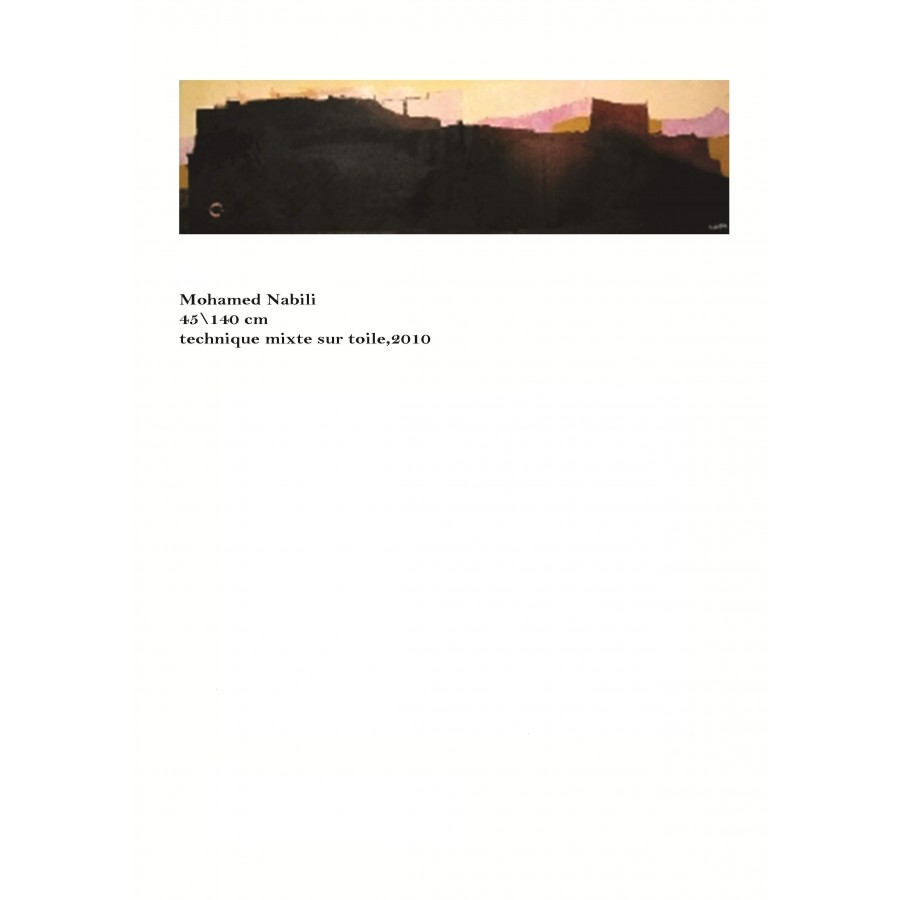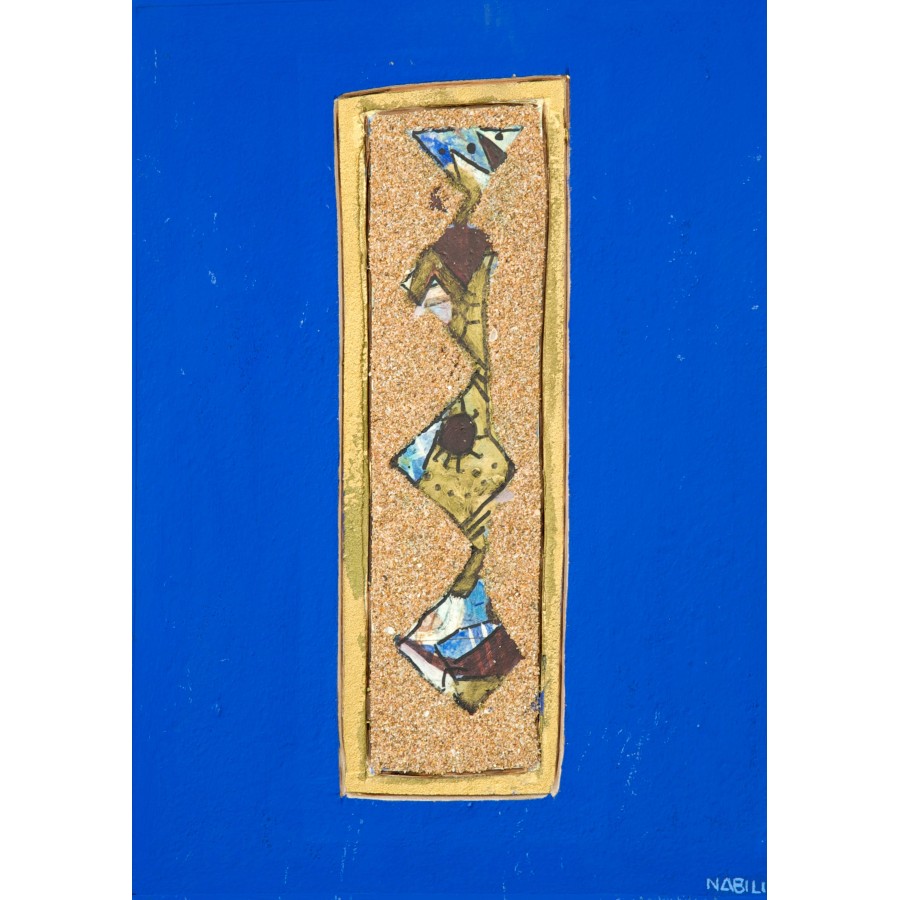Mohamed Nabili
Biography
Source: http://www.babelfan.ma/tous-les-artistes/details/36/370/mohamed-nabili.html
Born in 1952 in Benslimane, Mohamed Nabili followed courses at the School of Applied Arts in Casablanca (1973) and left for France where he continued his training at the School of Art and Architecture in Marseille from 1973 to 1976. He taught at the Ecole des Beaux-arts in Aix-en-Provence until 1980. Nabili undertook research on tattoos which would lead him to southern Morocco and Peru. In 1992, he returned to live in Morocco and devoted himself to painting. This artist organizes plastic interventions, creates frescoes with children at the CHU children's hospital in Rabat and in Marrakech. In 1996, he created the Nabili Foundation for the Imagination of the Child. Nabili has exhibited since the end of the 1970s.
He died on February 5, 2012.
Having mastered the various techniques in ceramics, installation, graphics, painting, Nabili focuses his research on the development of a pictorial language that reflects the know-how learned elsewhere and an artistic tradition borrowed from its cultural roots. But far from confining himself to the reductive limits of his own culture, the visual artist opens up to other perspectives and then becomes a vector of all the elements he has stored up.
Offering a contemporary and universal reading of the themes that inhabit him: the trace, the sign, memory, composition, color, etc., he explores the forms of folk art and calligraphy, restructures their signs, identifies their symbols, puts highlighting the basis of their relationships with men as well as the path they operate in the collective unconscious.
Nabili uses several media, uses variable materials. The formats also range from the smallest to the largest, on the lookout for traces and allusions.
Nabili's works unfold, in the concreteness of the material / sand and in the profusion of signs, a vast poetry of space and landscape. Its favorite material is sand, of multiple textures, of different origins, but always Saharan in its physical materiality and in its symbolic power. It is modeled, hollowed out, incised with signs, symbols and alphabetic characters of the tifinagh, and nourished with vivid pigments.
"For me, the desert is first of all a philosophy, precisely the philosophy of the essential ... In fact, my work is only a window on the desert.
(Mohamed Nabili



